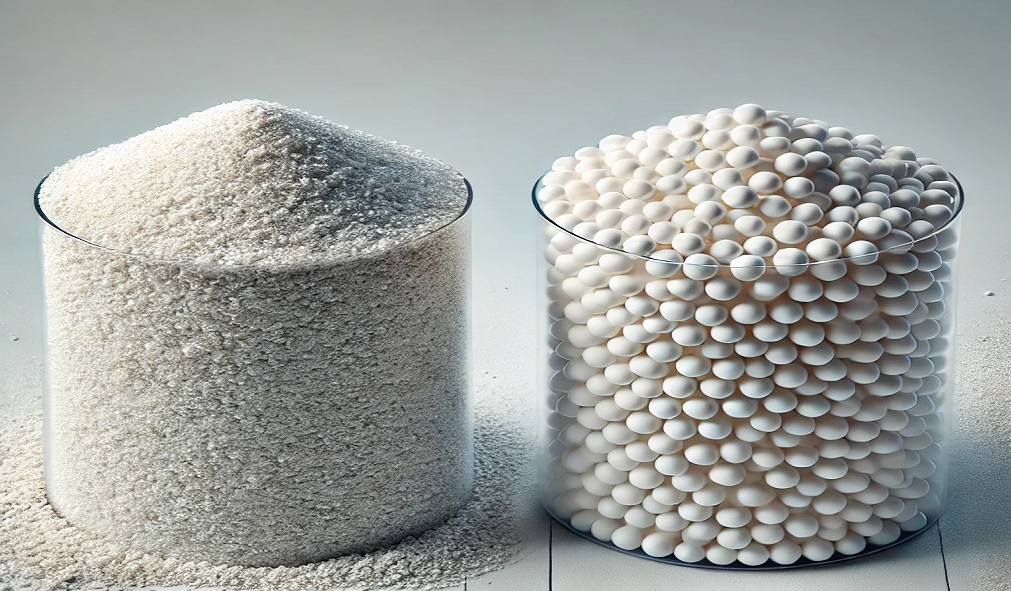Urea, one of the most widely used nitrogen-based fertilizers, comes in two main forms: prilled urea and granular urea. Understanding their differences can help farmers and industries make informed decisions based on their needs. This article will explore the production processes, packaging, and applications of both types, ensuring you choose the right option for your specific use case.
Table of Contents
ToggleTable of Contents
- What is Urea?
- Prilled Urea: Characteristics and Uses
- Granular Urea: Characteristics and Uses
- Key Differences Between Prilled and Granular Urea
- Which One Should You Choose?
- Environmental Considerations
- FAQs
What is Urea?
Urea is a versatile nitrogen fertilizer essential for agricultural and industrial applications. It is produced by reacting ammonia with carbon dioxide, resulting in high nitrogen content—46%. The two common forms of urea differ in size, shape, and production processes.
Prilled Urea: Characteristics and Uses
1. Characteristics of Prilled Urea
- Size: Smaller, round, and lightweight.
- Texture: Fine and powder-like.
- Solubility: Dissolves quickly in water, making it suitable for liquid fertilizers.
2. Uses of Prilled Urea
- Agriculture: Ideal for foliar applications and areas requiring fast nutrient release.
- Industrial Applications: Used in the production of resins and adhesives.
- Diesel Exhaust Fluid (DEF): Processed to meet high purity standards.
Packaging
Prilled urea is often packaged in moisture-resistant 50 kg bags or bulk containers to ensure freshness and easy transport.
Granular Urea: Characteristics and Uses
1. Characteristics of Granular Urea
- Size: Larger, harder, and more uniform than prilled urea.
- Durability: Resists caking and is easier to handle.
- Slow Dissolution: Provides a controlled nutrient release.
2. Uses of Granular Urea
- Agriculture: Best for broadcasting over large fields or blending with other fertilizers.
- Horticulture: Suitable for crops requiring slow nutrient release.
- Storage: Long shelf life makes it ideal for long-term use.
Packaging
Granular urea is often stored in jumbo bags or bulk shipments, reducing handling costs.
Key Differences Between Prilled and Granular Urea
| Feature | Prilled Urea | Granular Urea |
|---|---|---|
| Size | Smaller and round | Larger and harder |
| Solubility | Dissolves quickly | Dissolves slowly |
| Handling | Light and powder-like | Heavy and durable |
| Applications | Liquid fertilizers, DEF | Broadcasting, blending |
Which One Should You Choose?
1. Choose Prilled Urea If:
- You need fast nutrient release.
- You are using liquid fertilizer systems.
- Your application requires high purity.
2. Choose Granular Urea If:
- You need controlled nutrient release.
- You are covering large agricultural areas.
- Durability and handling are a priority.
Environmental Considerations
- Volatilization: Both types release ammonia gas if not incorporated into the soil promptly. Granular urea’s slow dissolution can reduce this issue.
- Runoff Prevention: Proper application techniques and timing are crucial to minimize environmental impacts.
